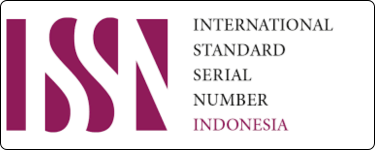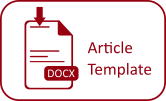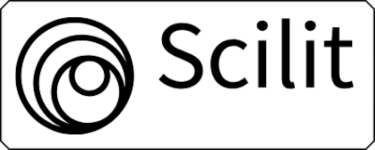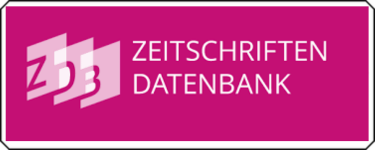Pemikiran Potensial Ancaman Perang Siber di Indonesia: Suatu Kajian Strategi Pertahanan
Keywords:
Cyber Warfare Threats, Strategy, National DefenseAbstract
The information technology revolution has changed the threat map into a more complex space. Cyberspace has become an unlimited platform for cyber activities conducted by various domestic, regional, and international actors. While some people in the world utilize advances in information technology for positive activities, others use it to present threats. This research analyses the State’s perspective on cyber threats, particularly in the context of cyber warfare, in line with Indonesia’s State defense doctrine that classifies threats into three forms: military, non-military, and hybrid. The research method used is qualitative. The research results are expected to provide a clear picture of the nature of the cyber war threat in Indonesia and the government’s strategy in dealing with it. Thus, it is expected that there will be synergy between the role of the TNI as the main component of national defense and related ministries/agencies in developing strategies and implementing the national defense system to face the threat of cyber warfare.
Downloads
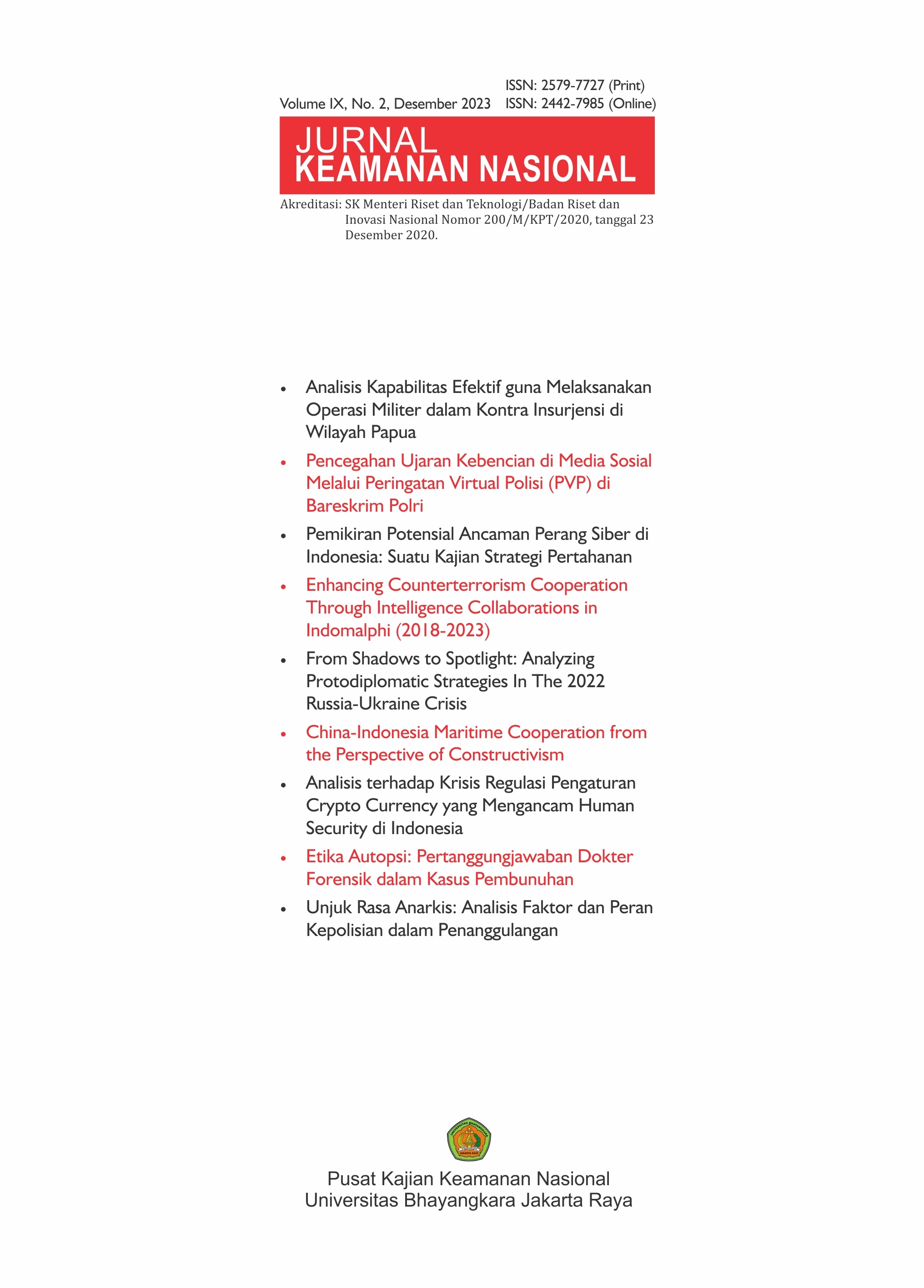
Downloads
Published
Issue
Section
License
Please read and understand the copyright terms for submissions to this journal.
Copyright Notice
The Jurnal Keamanan Nasional is under the Creative Commons Attribution 4.0 International (CC-BY 4.0) License, according to which:
1) Authors retain copyright and grant the journal the right to first publication, with the work simultaneously licensed under the Creative Commons Attribution (CC-BY 4.0) that allows the sharing of articles published with the acknowledgement of authorship and the initial publication in this journal.
2) The authors are authorized to make additional contracts separately for distribution of the version of the work published in this journal (for example, publication in an institutional repository or as a chapter of the book), as long as there is recognition of authorship and initial publication in this journal.
3) Authors are authorized and encouraged to publish and distribute their work online (for example, in institutional repositories or on their personal pages) at any time before or during the editorial process, as it increases the impact and reference of the published work.


